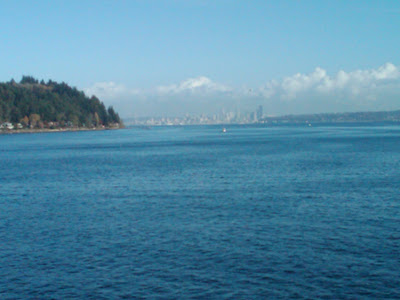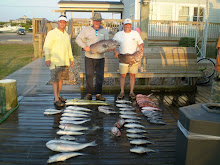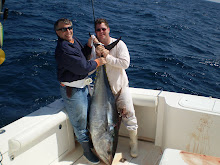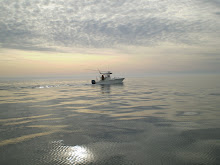
By Jim Field
After departing the ferry (see post immediately below, Part I), I drove to Pike Place Market to eat lunch at a favorite place and walk through the long line of vendor/product stalls--which include the famous fish stalls. If you've never been to this market, you MUST go--it's one of the most remarkable places on earth, particularly if you like to look at and eat seafood. But first things first: I was famished and headed straight for the Market Grill, a hole-in-the-wall joint, right off the main walkway, where I visit/eat every time I travel to Seattle, no exceptions. What this place offers is uncomplicated: grilled wild salmon, halibut, shrimp, or chicken, presented as a platter or sandwich; clam chowder; and a beverage of choice. I typically order the chowder, a salmon platter, which comes with rice, diced tomatoes, and garlic bread, and then a side order of the grilled halibut. Given that the fish is fresh, one can imagine how good their food is--simply delicious. After eating a ton, I walked to the fish stalls and photographed the incredible variety of fish, shellfish, and other goodies from the sea that are offered--at prices about half of what we pay on the East Coast. Notably, other vendors sell exquisite fruits, vegetables, flowers, and then a vast assortment of other beautiful things, such as local honey, carved wooden objectives, jewelry, pottery, knitted clothing, etc. If only this place was right down my street...
One of my favorite places to eat, anywhere

The owner and chef (never seen anyone else grilling in 10+ years)

Part of my lunch order: the grilled wild salmon platter

Alaskan wild sockeye salmon and halibut fillets

Dungeness crabs lined up all in a row

Next up: king crab legs

Whole Alaskan halibut in ice chips

Wild salmon waiting patiently for a buyer

A view of the meat

Smoked salmon of every type, also jerky (I sampled a lot of this)

Fruit and vegetables...as far as one can see

Unbelievably beautiful (and edible) chili ornaments

You can't imagine the abundance of gorgeous flowers

Flowers, and more flowers...












































